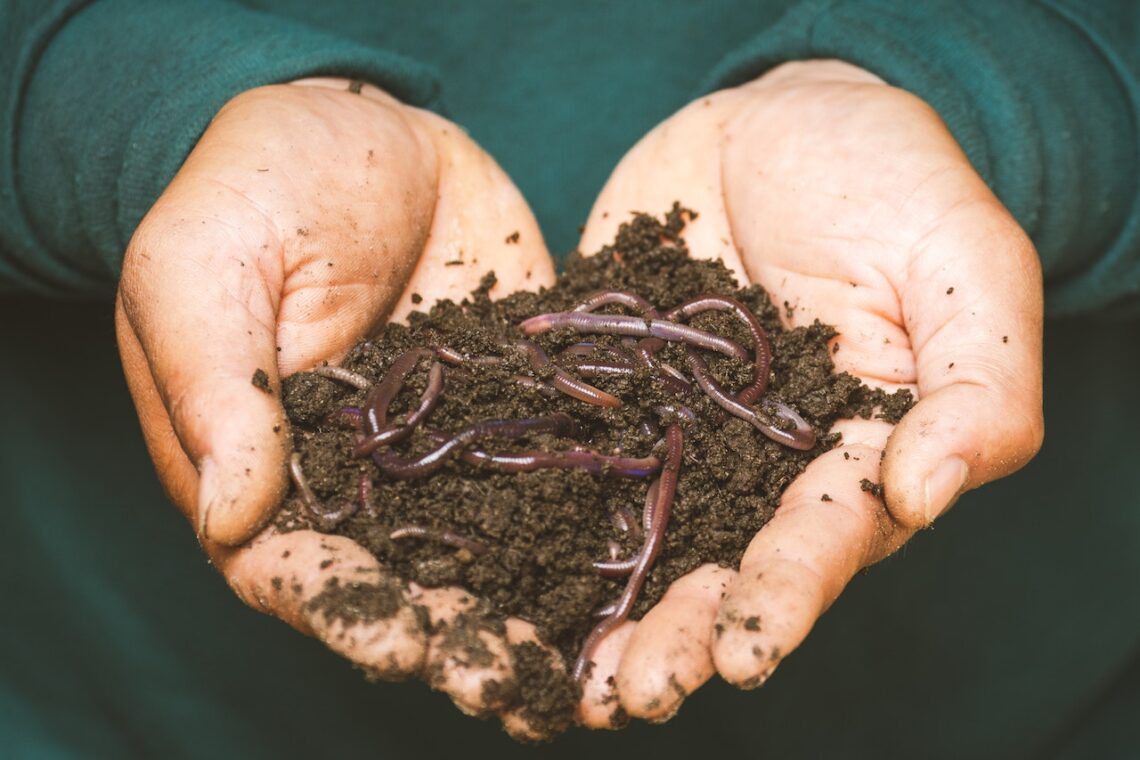
Incredibly Interesting Facts About Worms
Interesting Facts About Worms
Worms are slimy, segmented creatures that many people find repulsive. However, there are many interesting facts about worms that make them worth learning about.
For example, did you know that there are more than 6,000 species of earthworms? Or that they can range in size from less than 1mm to over 20m in length? Here are some more interesting worm facts that may change your opinion of them.
Charles Darwin was an English naturalist who became famous for his work on the theory of evolution. He was born in 1809 and died in 1882.
Worms played a role in Darwin’s research on evolution. He once wrote, “I am convinced that earthworms have played a more important part than any other organism in the production of the fertile soils we see everywhere.”
Darwin’s work on worms helped him develop his theory of natural selection. He observed that earthworms help aerate the soil, which allows plants to grow better.
He also found that earthworms bring up nutrients from deep in the soil, making them available for plants to use.
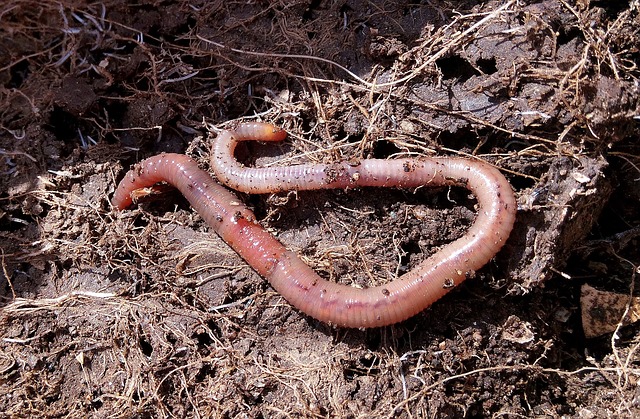
There are many different kinds of earthworms, but red wrigglers also known by their scientific name Eisenia fetida and tiger worms are a common favorite among worm enthusiasts, they get their name from their reddish coloration and their wiggly movement.
Red wrigglers are small, red worms that are often used as bait for fishing. Red wigglers can live in a variety of habitats, but they prefer moist environments and are often used as composting worms because they help break down organic matter.
Red wrigglers reproduce quickly and can have up to 15 offspring at a time.
If you’re looking for a nighttime fishing adventure, then look no further than night crawlers. These nocturnal creatures are the perfect bait for a variety of fish, including catfish, trout, and bass.
Nightcrawlers can be found in abundance after heavy rains and in damp areas such as under logs or rocks. To fish with nightcrawlers, simply thread the worm onto your hook and cast your line into the water.
The Longest Earthworm on Record
Interestingly the longest earthworm on record was 22 feet long and found in South Africa. The second longest was found in Australia and was 18 feet long.
The Guinness World Record for the largest earthworm is currently held by a worm measuring 3.96 meters (just over 12 feet 9 inches) that were found in Zimbabwe in 1981.
Earthworms are hermaphrodites, meaning they have both male and female reproductive organs. They reproduce by exchanging sperm with another earthworm then each worm forms a cocoon around the fertilized eggs which hatch into baby worms.
Most earthworms you find in your garden are between 4 and 6 inches long, but some species can grow up to 8 feet in length!
Worms are amazing creatures that play an important role in our ecosystem. Here are some interesting fun facts about these fascinating creatures:
Earthworms have no eyes, but they do have light-sensitive cells on their skin that help them avoid light and predators.
Worms breathe through their skin and need to keep their skin moist to prevent dehydration.
Worms have a very simple digestive system.
Worms can regenerate lost body parts.
Although they vary in size, an adult worm will typically have a body weight between 1/16 and 1/8 of an ounce.
Worms can live for up to 10 years.
Earthworms are segmented creatures that have no eyes or ears, but they do have a brain. They breathe through their skin and they eat their way through the soil, consuming dead leaves and other organic matter.
Earthworms are beneficial to gardens and crops because they help aerate and fertilize the soil. They are also an important food source for many animals, including birds, fish, amphibians, reptiles, and mammals.
In one acre of land, there can be anywhere from 300,000 to 1 million worms. A healthy garden will have up to two dozen worms per square foot.
Did you know that worms are cold-blooded animals? It’s true!
Worms reproduce by releasing egg capsules into the soil. The eggs hatch into larvae and then mature into an adult earthworms.
Worms help with carbon dioxide by breaking down dead leaves and other plant matter.
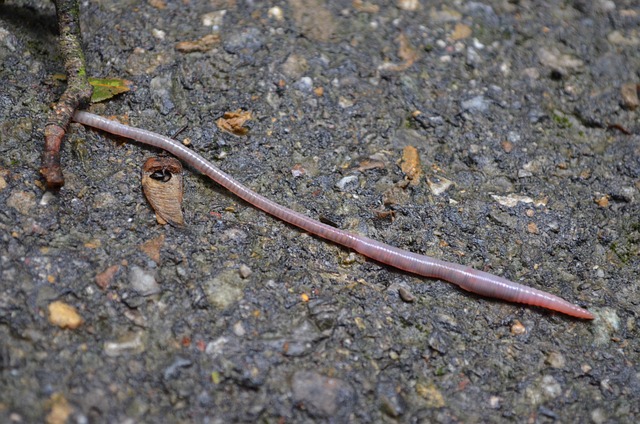
Lumbricus Terrestris, otherwise known as the common earthworm, is a species of earthworm that is native to Europe.
It is one of the largest and most popular earthworms in the world and has been introduced to many other parts of the globe. Lumbricus Terrestris is an important part of the ecosystem and plays a key role in decomposition and nutrient cycling.
Worms have long been a staple in the diets of humans. Though they may not be the most popular food, they are a nutritious and sustainable source of much protein.
What many people don’t know about worms, however, is that they have two pairs of hearts. This may seem like a lot for such a small creature, but having four hearts is essential for pumping blood throughout their long bodies.
Worms can mate and reproduce because of their multiple hearts; without them, they would be unable to circulate blood and oxygen to their reproductive organs.
While we may never look at worms the same way again, there’s no denying that they are fascinating creatures. The next time you see a worm, take a moment to appreciate all that it can do with just two pairs of hearts.
What is a Worm Bin
Worms are often associated with dirt and filth, but they play an important role in the environment. Worm bins are a great way to reduce waste and provide nutrients for plants. Worms are beneficial to the environment because they help break down organic material.
This process of decomposition is important for the health of soils and helps plants grow. Worm bins are a great way to reduce household waste while providing nutrients for your plants.
To create a worm bin, you will need a container, bedding material, and worms. The container can be made from plastic or wood and should have holes drilled in the bottom for drainage.
Bedding material can be shredded newspaper or compostable materials like leaves or eggshells. The worms can be purchased from a garden center or online retailer.
Known as Vermicomposting it’s a great way to reduce your carbon footprint because it doesn’t require any energy to break down the organic matter. And it’s a great way to fertilize your plants!
How Do Worms Alter Soil Structure
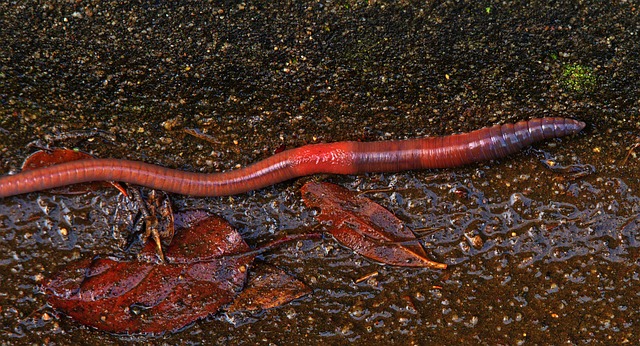
Worms offer many benefits to the health and structure of the soil. By tunneling through the ground, they aerate and loosen compacted soil, allowing water and nutrients to penetrate more easily.
They also consume organic matter, which helps to improve soil fertility. As they digest this matter, they excrete a nutrient-rich substance called worm casts (worm poop) that can enhance plant growth.
In addition to these direct effects on soil, worms also help to create channels that allow water to drain more efficiently from the ground and reduce erosion.
Their activity also encourages the growth of beneficial bacteria and fungi, which can further improve soil structure and fertility. Despite their small size, earthworms can eat a surprisingly large amount of food.
An adult worm can consume its weight in just one day! Worms don’t have teeth, so they grind up food using strong muscles in their gizzards.
Worm’s Skin
Worms have existed on Earth for over 300 million years. They vary in size from microscopic to over a meter in length. Worms are found in every environment on the planet including the oceans.
One of the most interesting things about worms is their thin skin. Their skin is very thin and permeable which means they can absorb water and nutrients directly through it.
This also makes them very susceptible to changes in their environment. If the soil they are living in becomes too dry, they will start to shrivel up, so they require moist soil.
Worms also have a mucous layer that helps them move around and protects them from predators. When worms are threatened, they can secrete a sticky substance that clogs up the predator’s mouth or eyes.
Worms have a muscular front end that they use to burrow through the soil. Their bodies are segmented and they have no spine.
Each segment has setae, which are tiny hairs that help the worm move and anchor itself in the soil. The segments also have pores that allow the worm to breathe and absorb water.
A worms reproductive system
If you think of worms as slimy, dirty creatures, you might not expect them to have a complex reproductive system. But they do! Here are some interesting facts about the way worms reproduce.
Worms are hermaphrodites, which means they have both male and female sex organs. However, they still need to mate to produce offspring.
During mating, two worms exchange sperm through their clitella (a hollow structure near the head). After mating, each worm produces a cocoon.
These cocoons protect the developing embryos from predators and environmental hazards. Once the embryos develop into larvae, they hatch from the cocoon and start their life as baby earthworms.
Read another of my articles Interesting Facts About Blizzards and discover things you didn’t know!


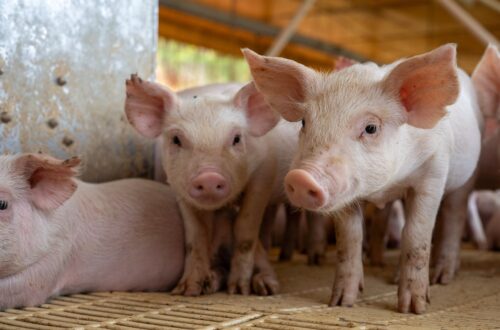


2 Comments
Pingback:
Pingback: